Description
1. Botanical Information
-
Botanical Name: Aegle marmelos
-
Common Names: Bel, Bael, Bengal Quince, Stone Apple, Bilva, Bel Patra
-
Family: Rutaceae (Citrus family)
-
Type: Deciduous, slow-growing tree
2. Origin & Distribution
-
Native To: India and Southeast Asia
-
Widely found in India, Nepal, Sri Lanka, Bangladesh, Myanmar, Thailand, and other tropical regions.
3. Physical Characteristics
-
Height: Can grow up to 8–12 meters (26–40 ft) tall when mature.
-
Leaves: Compound leaves with three leaflets (trifoliate), known as Bel Patra, considered sacred in Hinduism.
-
Flowers: Small, greenish-white, fragrant flowers.
-
Fruit: Round or oval, with a hard woody shell; pulp is aromatic, yellow-orange when ripe, containing seeds and mucilage.
4. Growing Conditions
-
Light: Thrives in full sunlight.
-
Soil: Prefers well-drained loamy or sandy soil, but tolerates poor soil and drought conditions.
-
Watering: Requires moderate watering; drought-tolerant once established.
-
Temperature: Grows well in 25–35°C; tolerates hot summers.
-
Humidity: Can grow in both dry and humid climates.
5. Maintenance & Care
-
Pruning: Remove dead or diseased branches to maintain shape.
-
Fertilization: Apply organic compost annually for healthy growth.
-
Pests/Diseases: Generally hardy but may face attack from fruit flies, scale insects, or leaf spot.
6. Uses & Benefits
-
Religious Significance: Bel leaves are sacred to Lord Shiva; used in pujas and temple offerings.
-
Medicinal Value:
-
Fruit pulp is used in Ayurveda for digestive health and cooling properties.
-
Leaves, roots, and bark are used for treating fever, diarrhea, and respiratory issues.
-
-
Nutritional Value: Rich in vitamin C, tannins, calcium, and antioxidants.
-
Cultural Importance: Symbol of purity and prosperity in Hindu traditions.
7. Lifespan
-
Long-lived tree that can survive for decades, producing fruit annually after 6–7 years of planting.

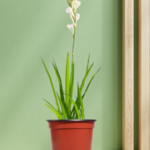

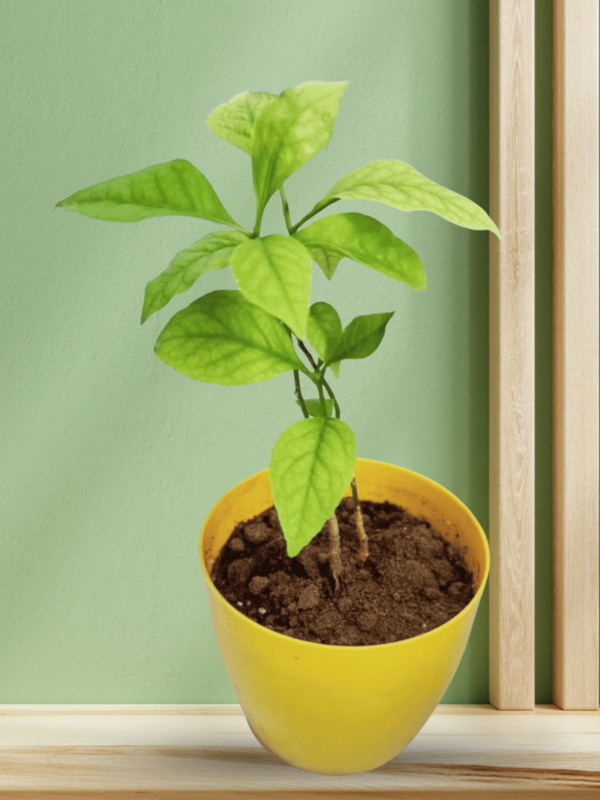
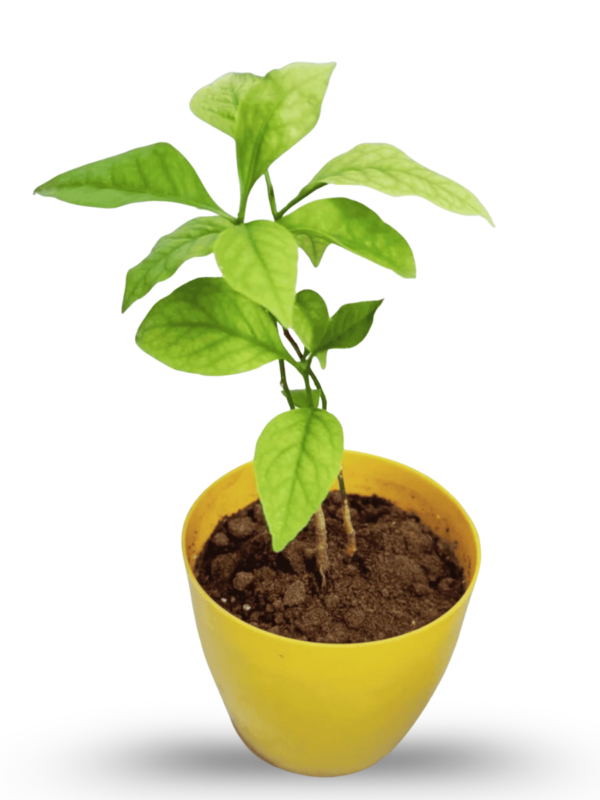
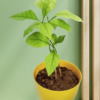
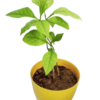
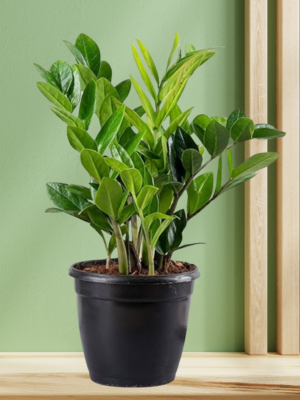
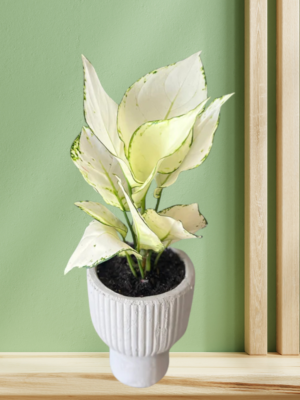
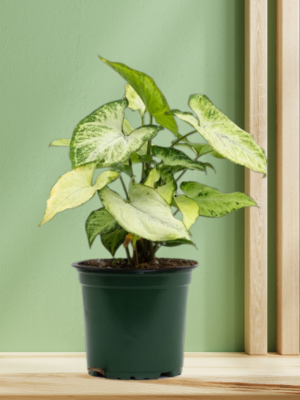
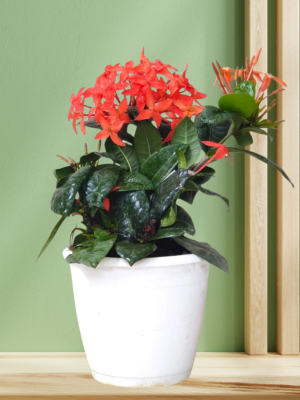
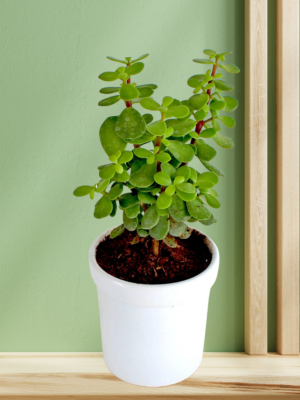 Crassula Plant
Crassula Plant 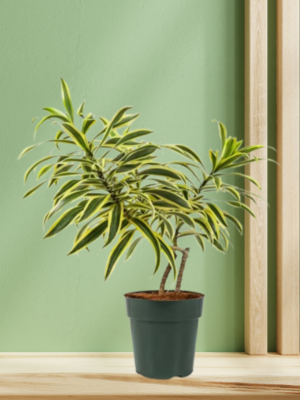 Dracaena
Dracaena
Reviews
There are no reviews yet.